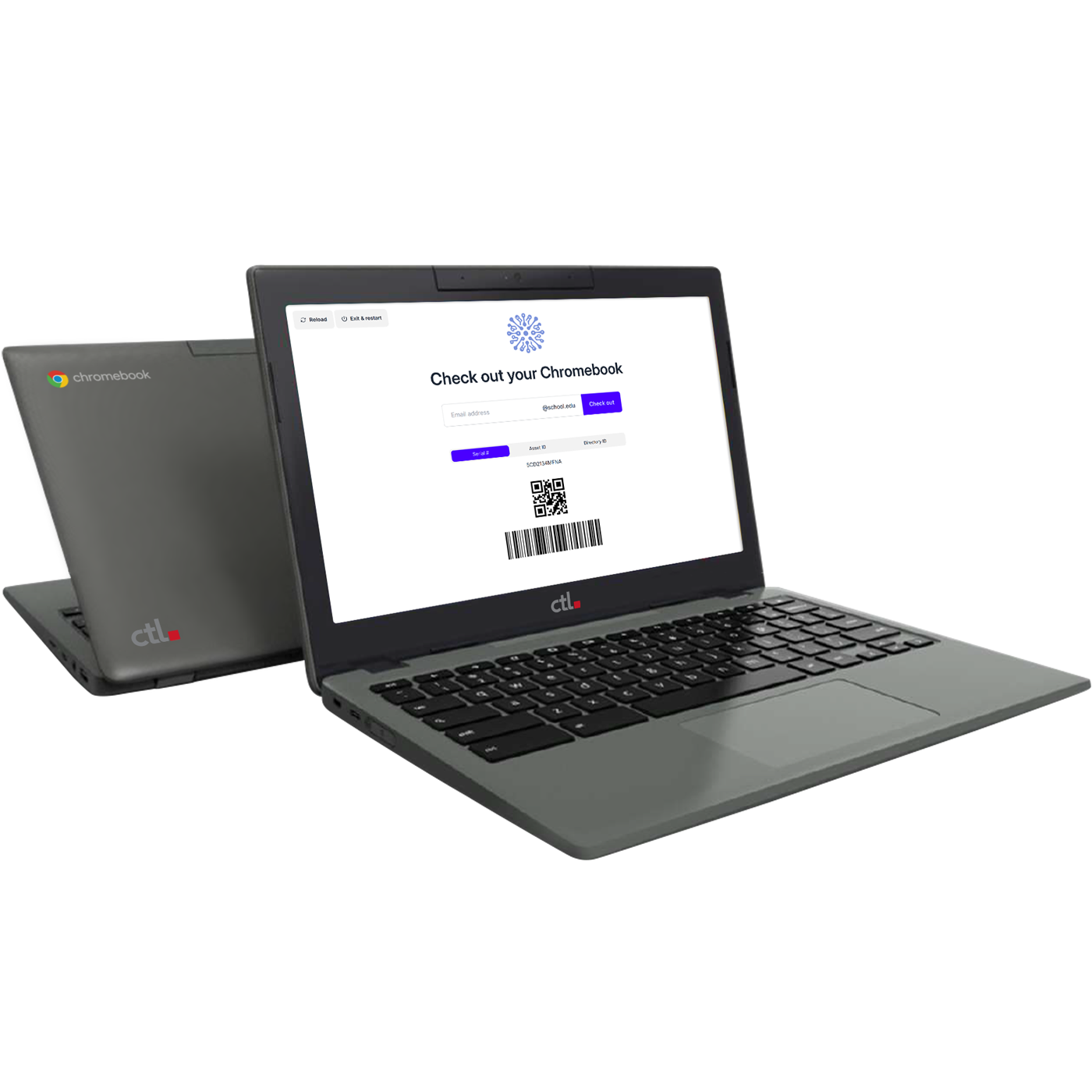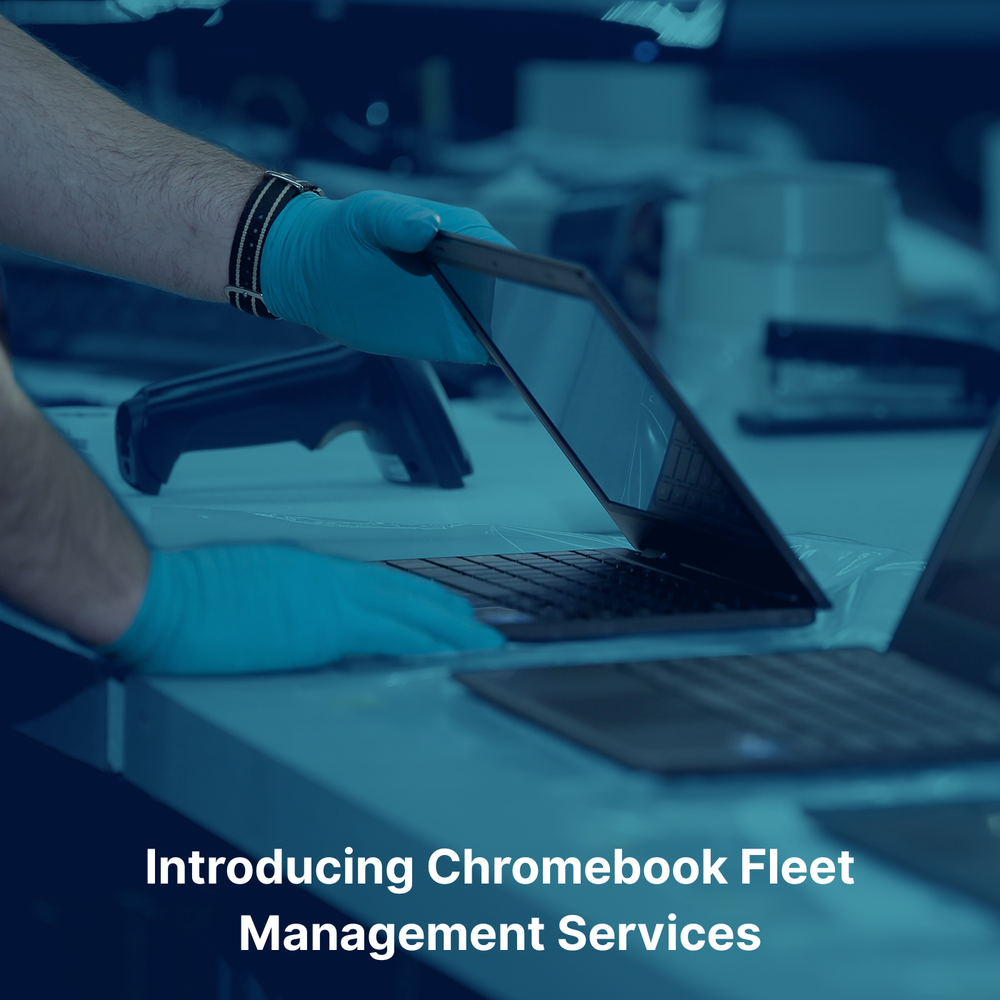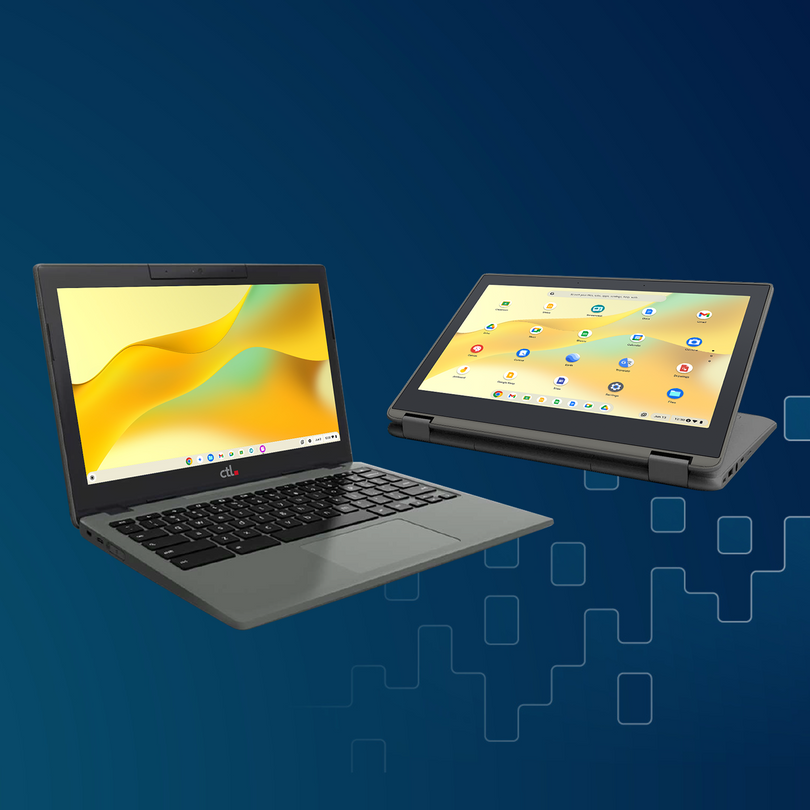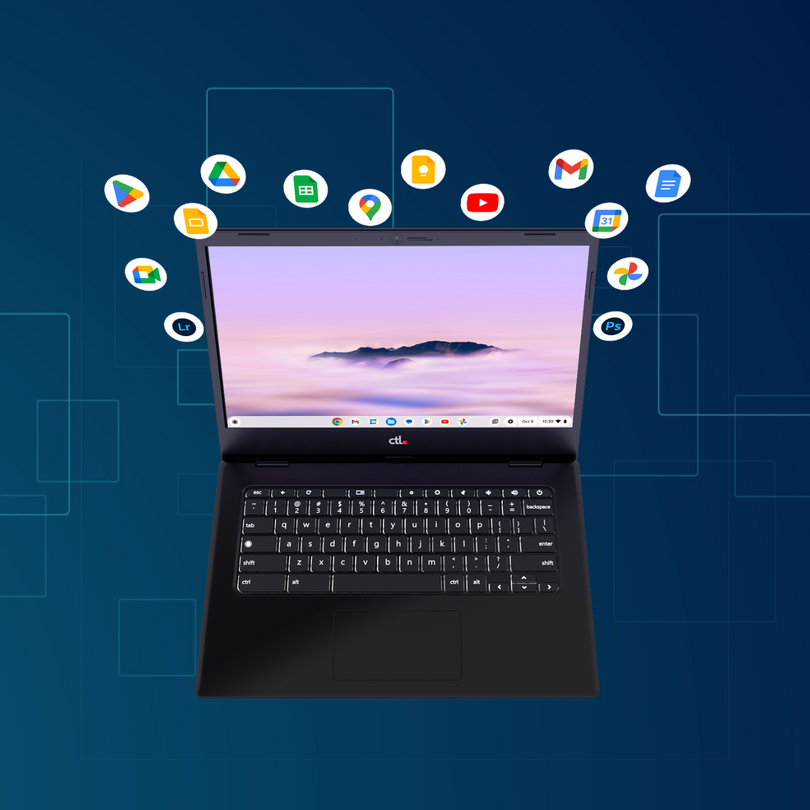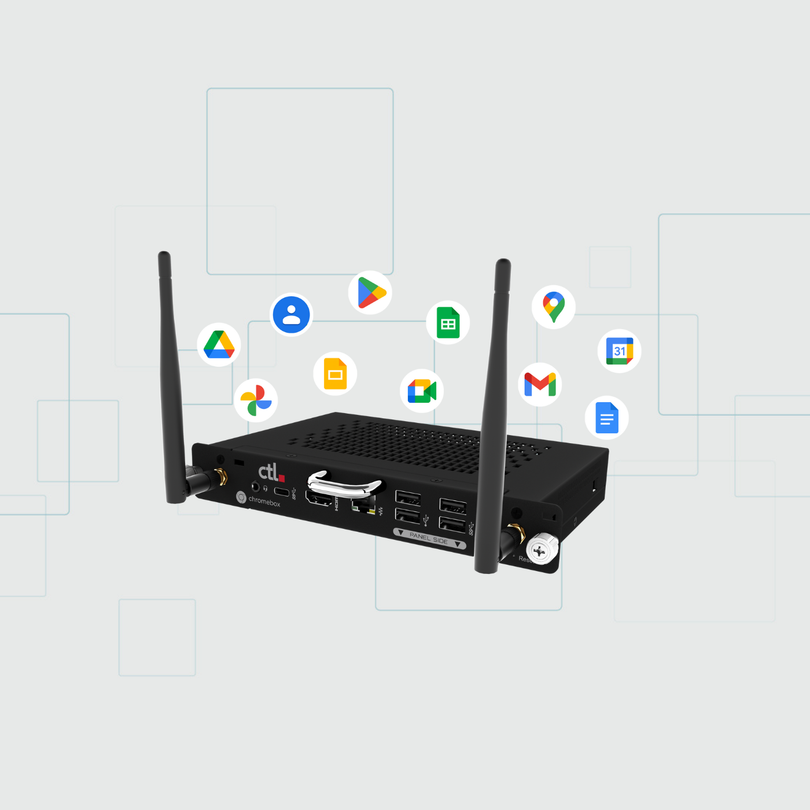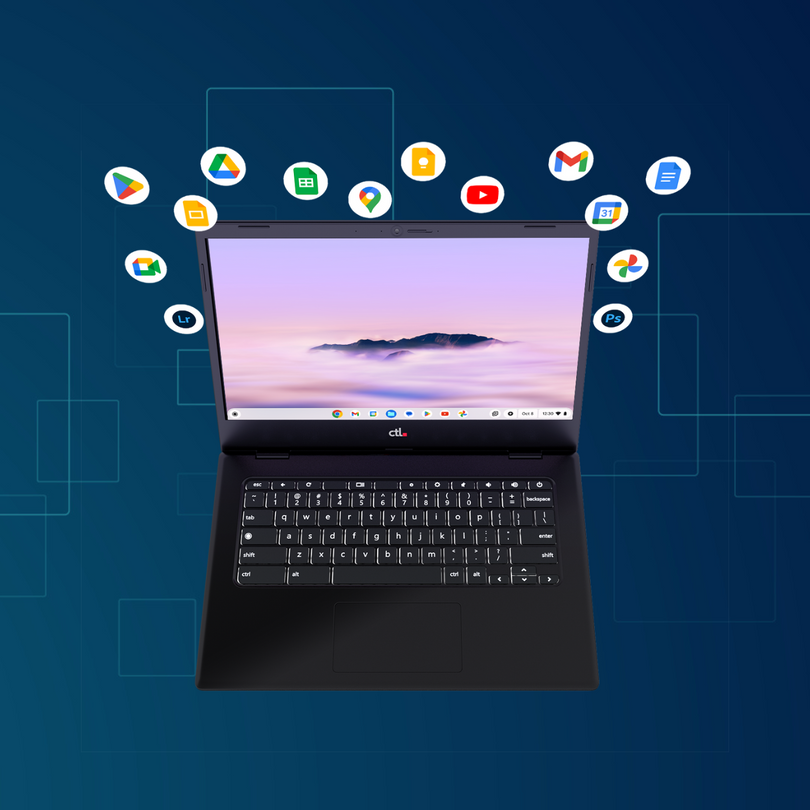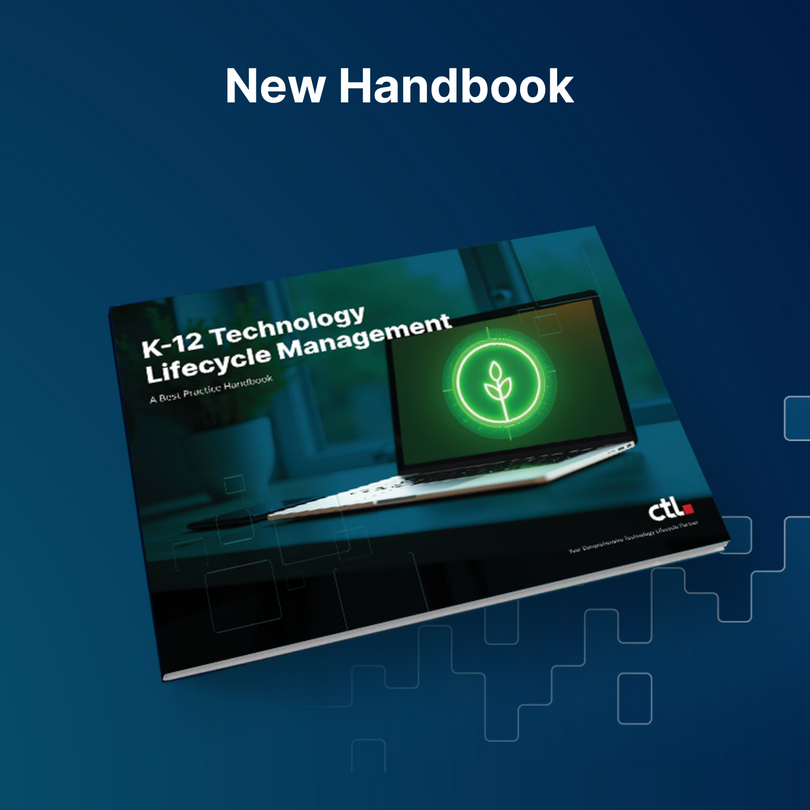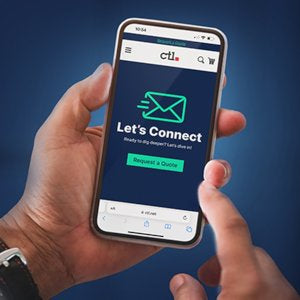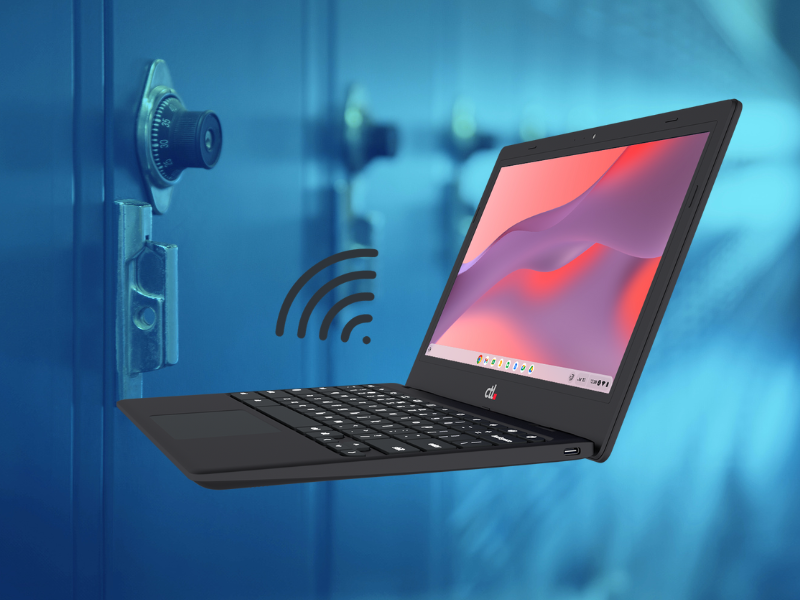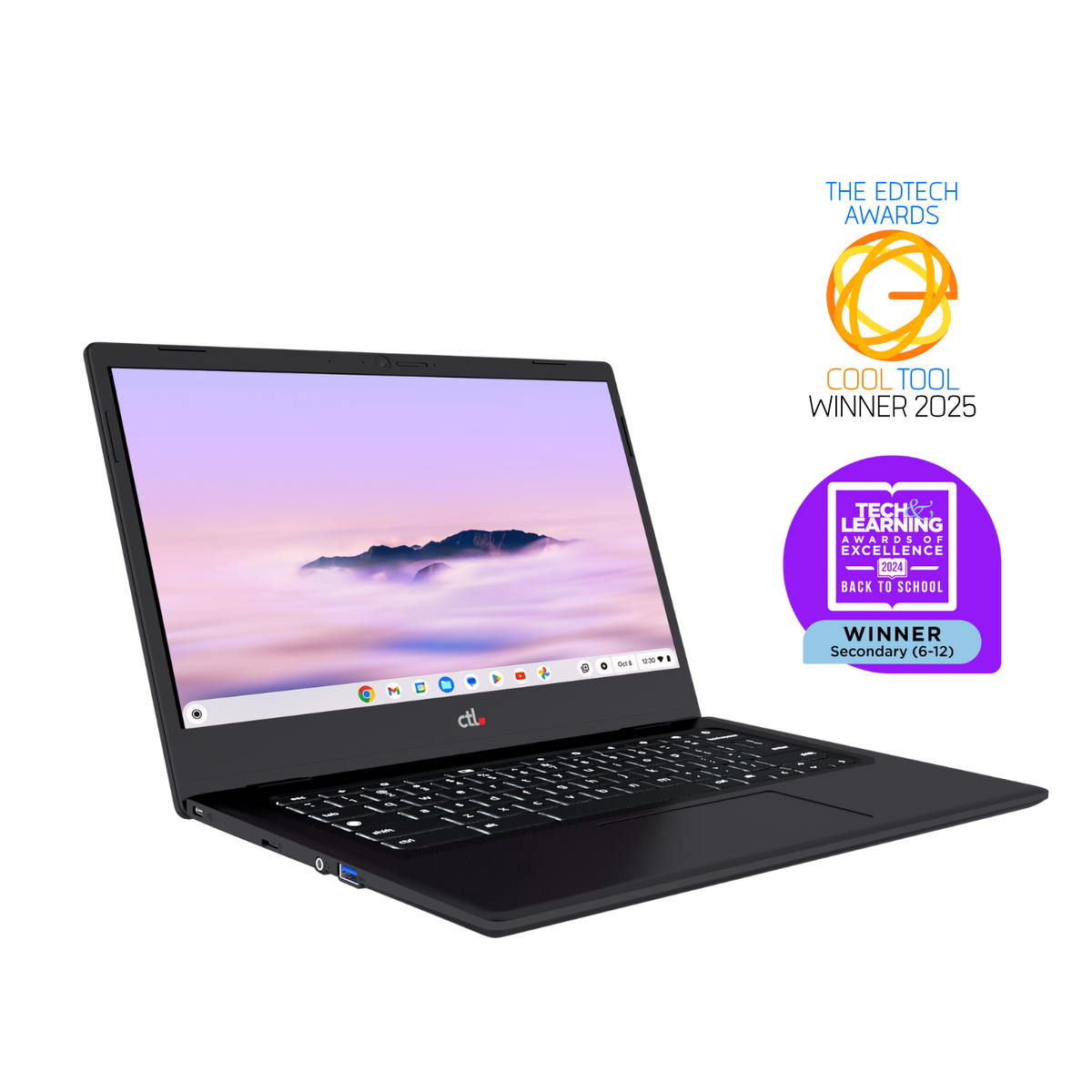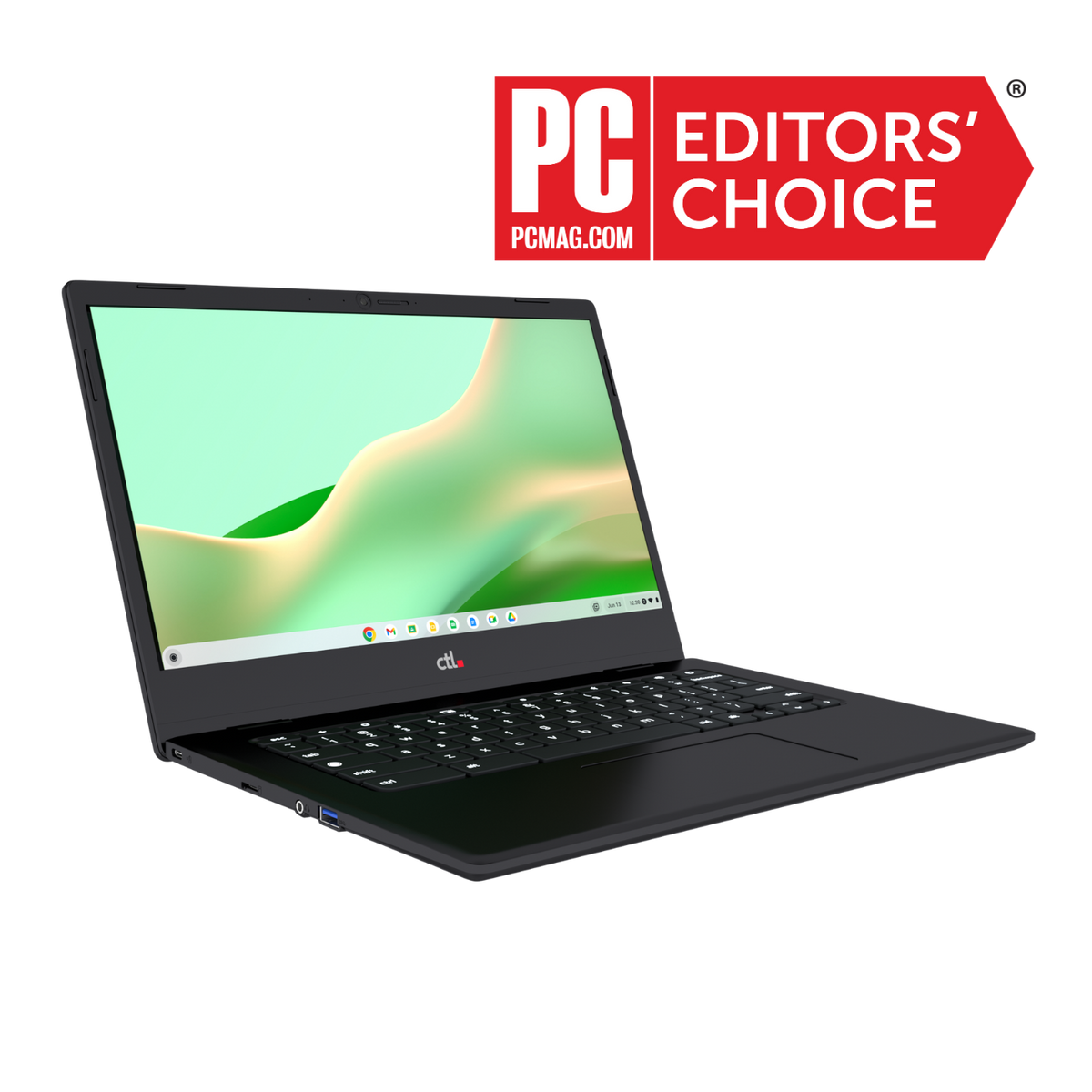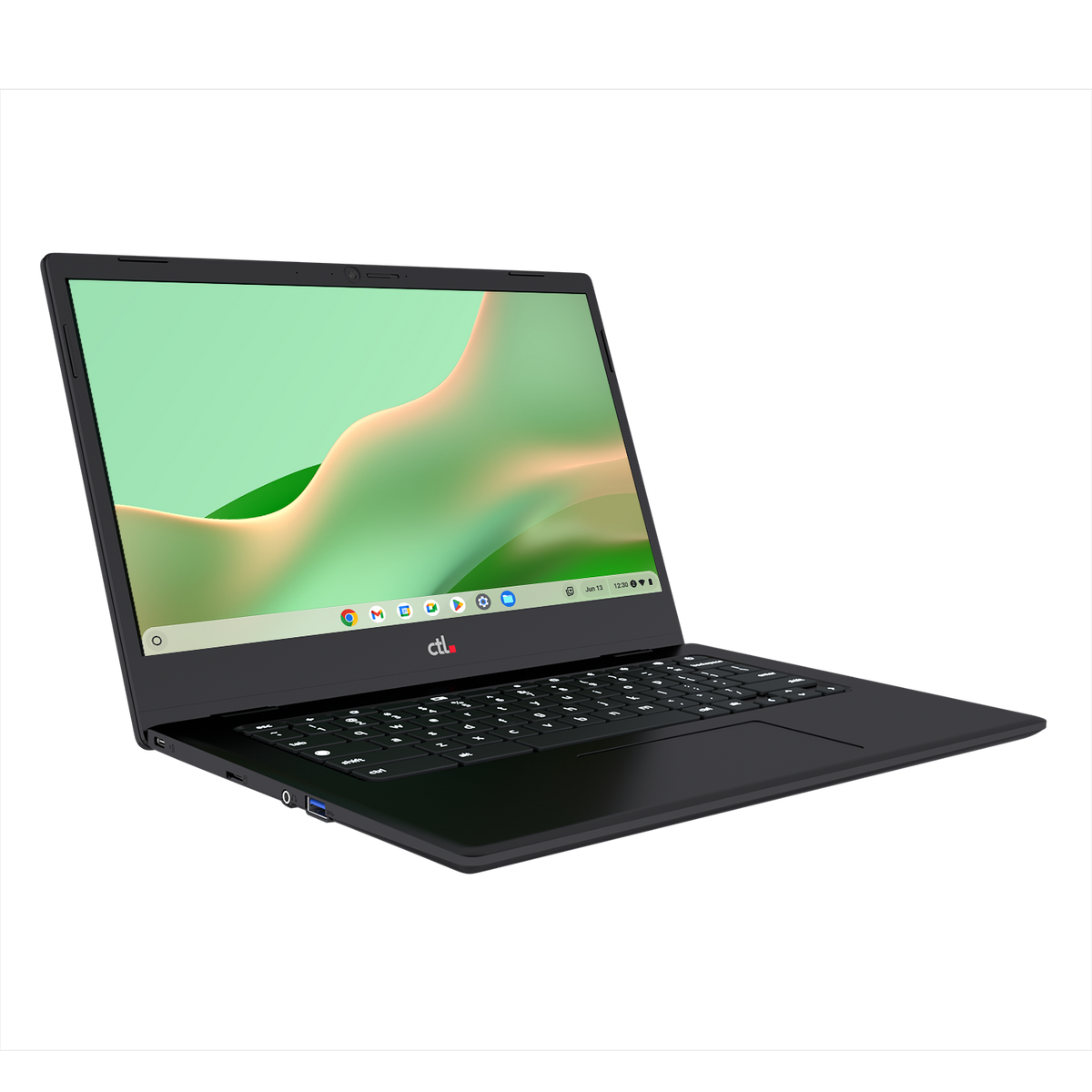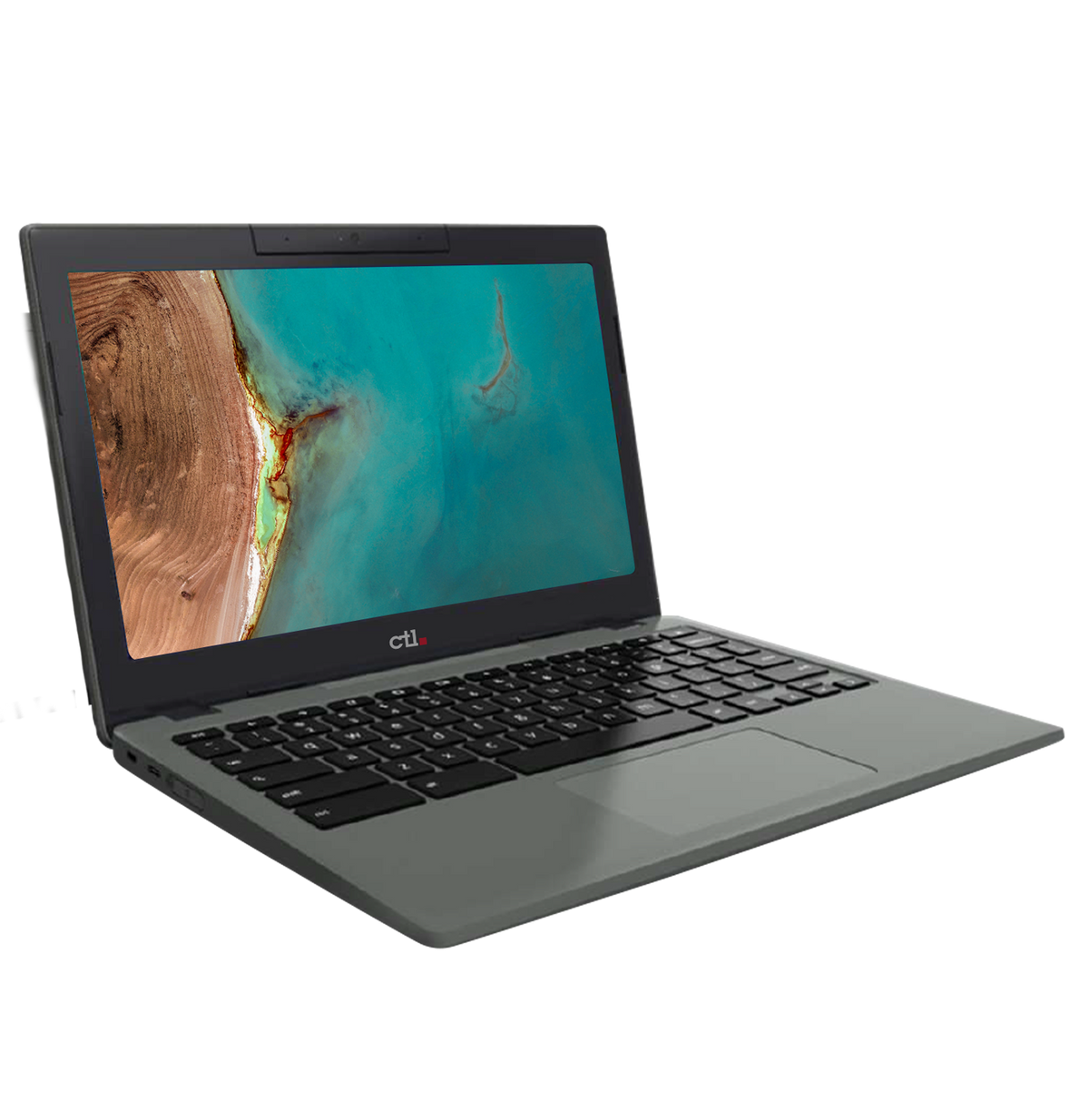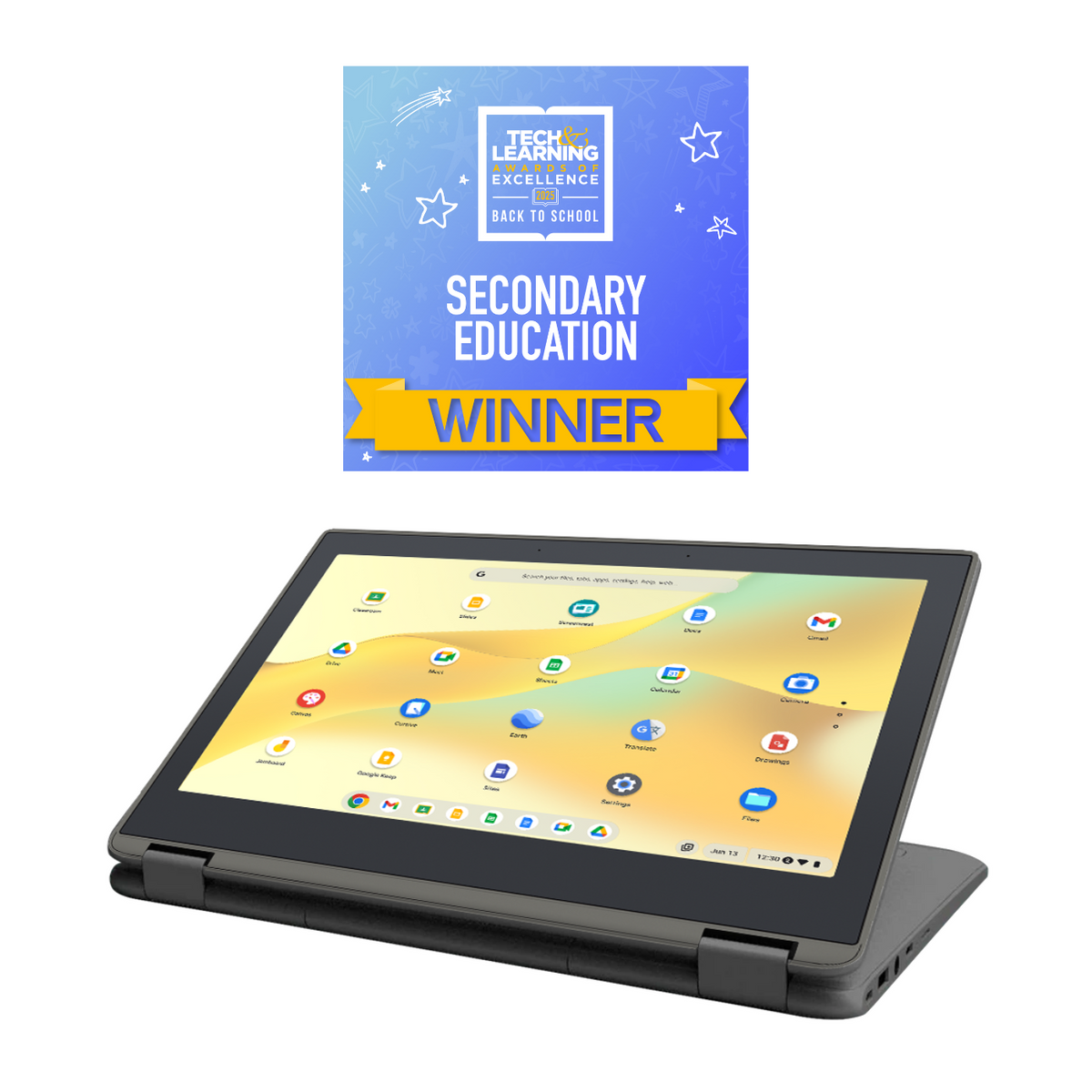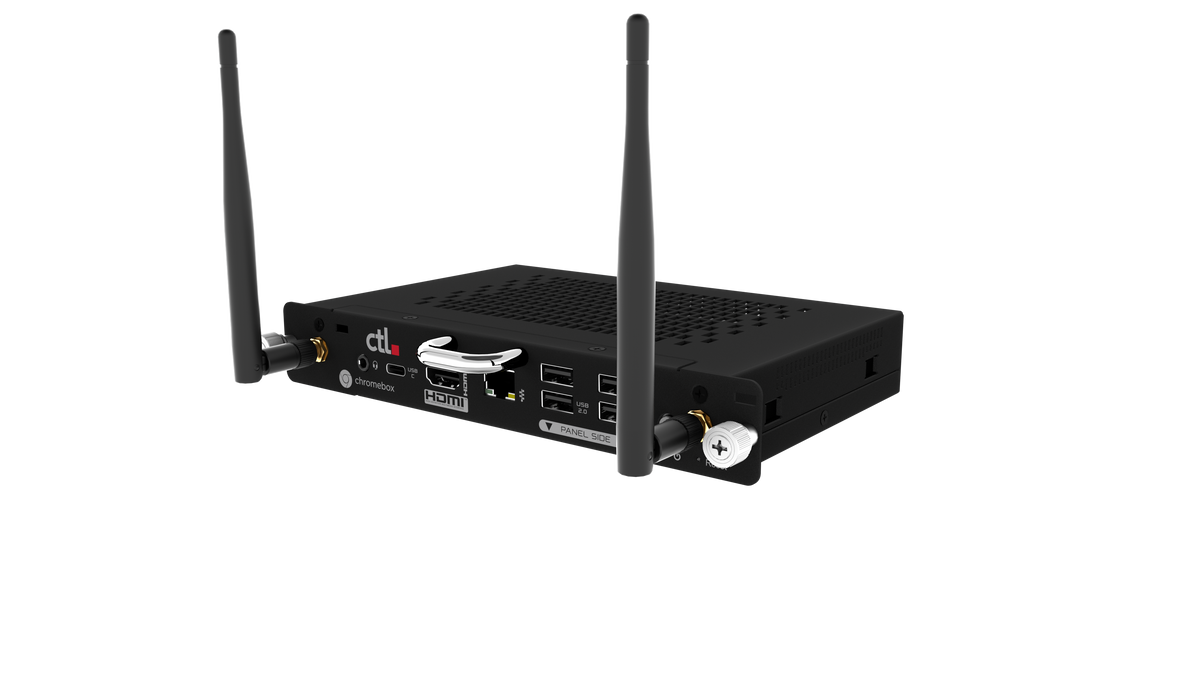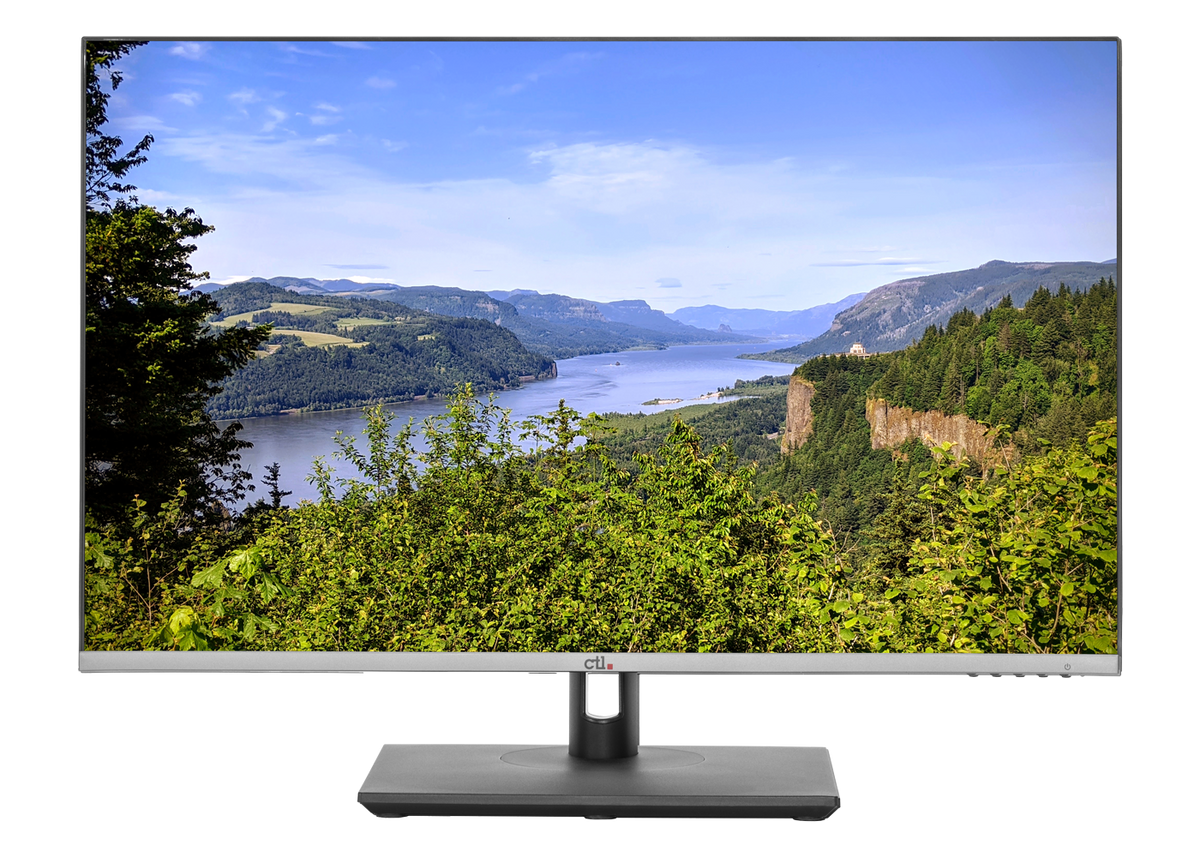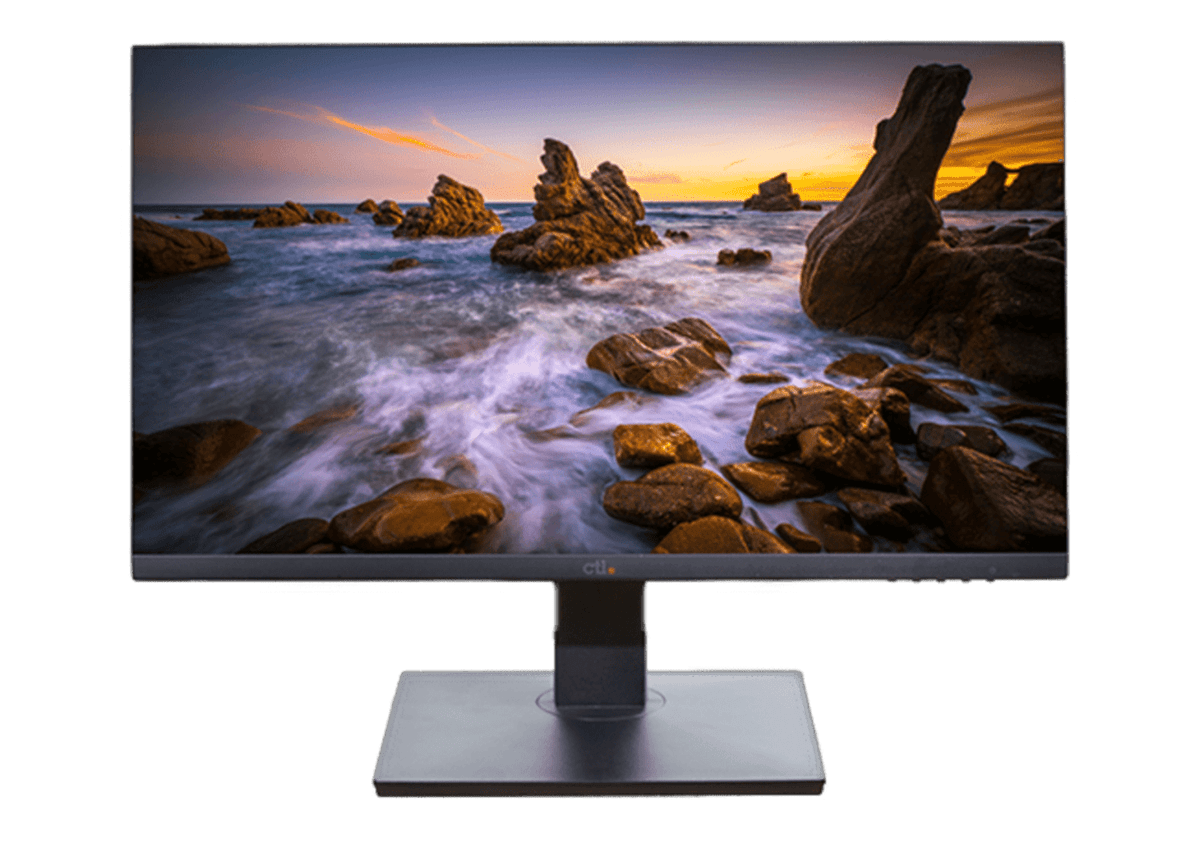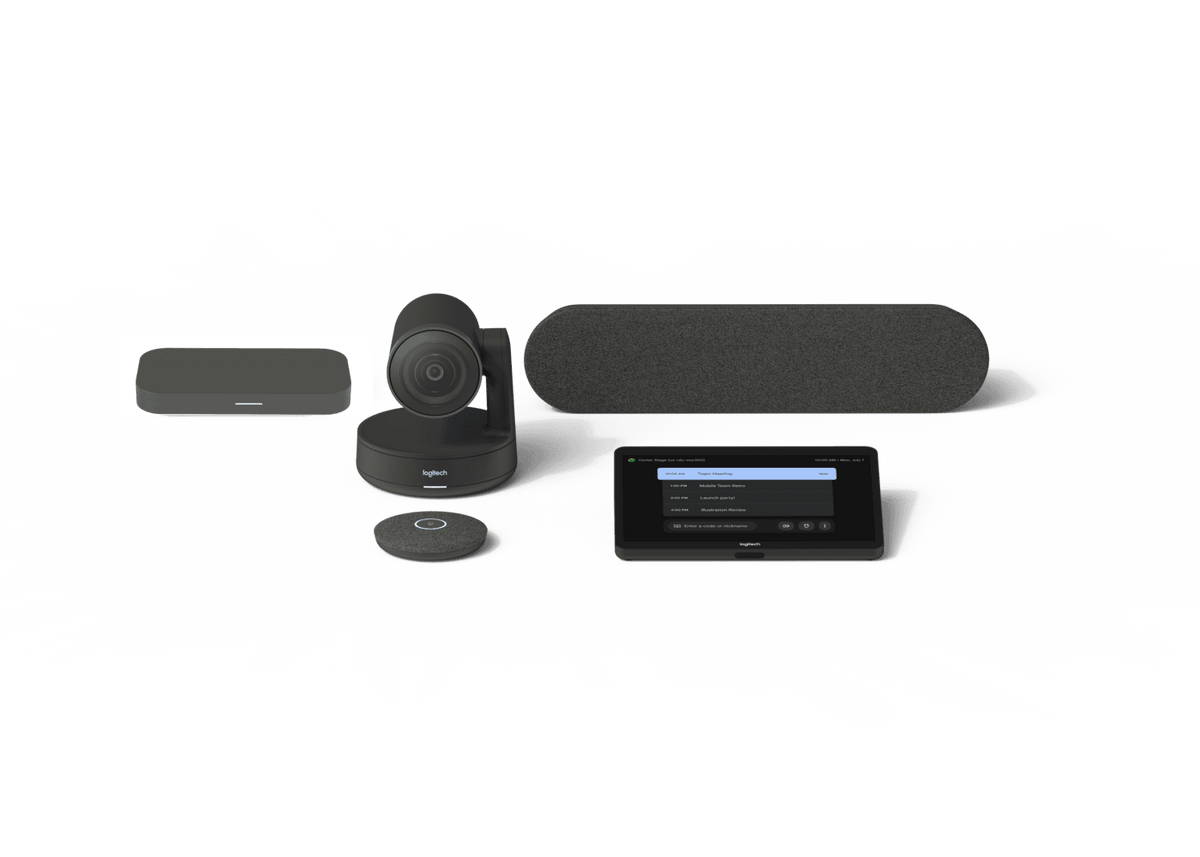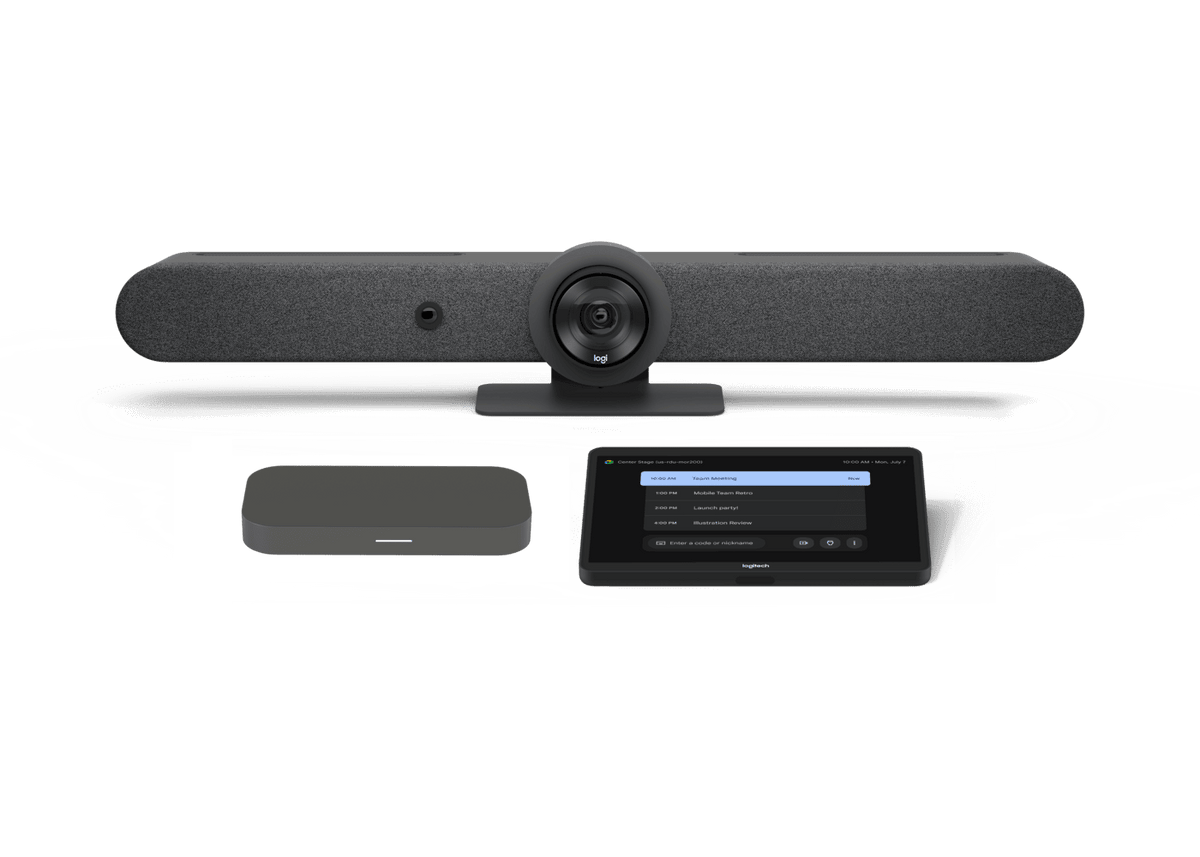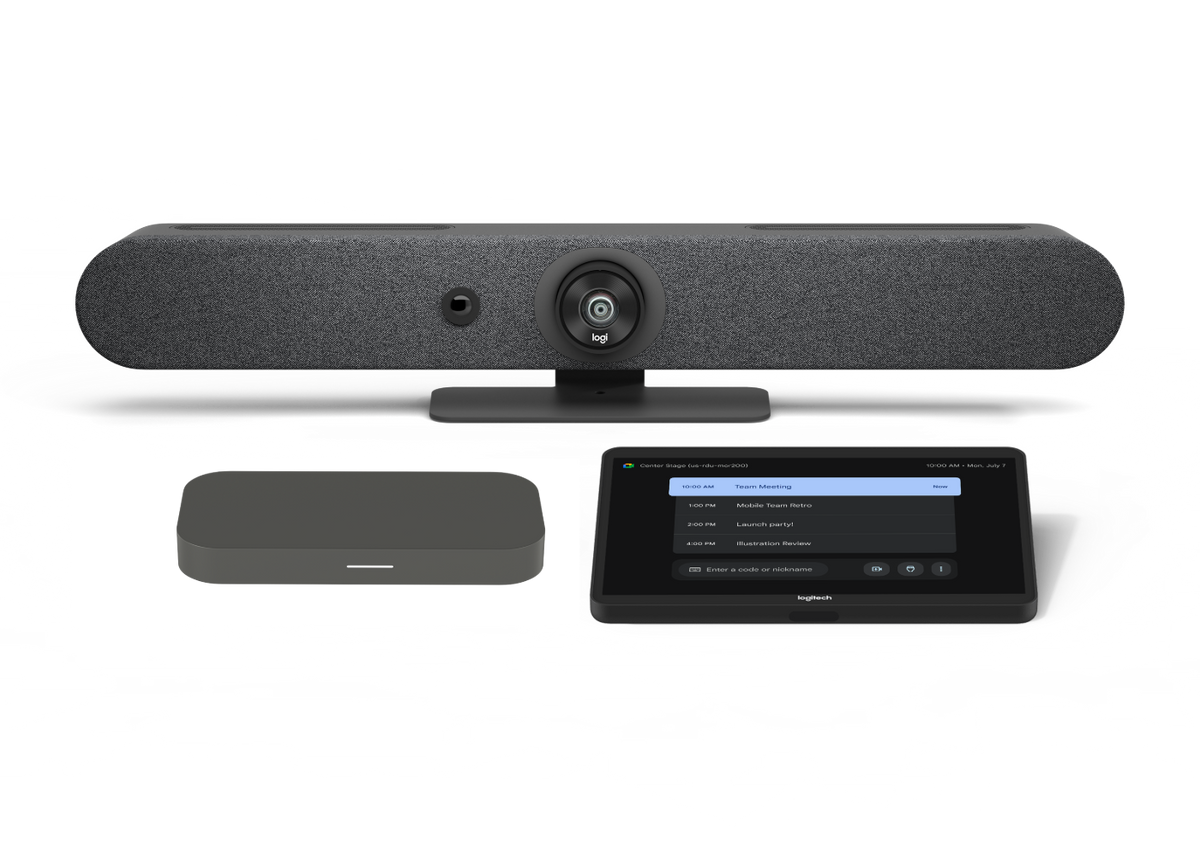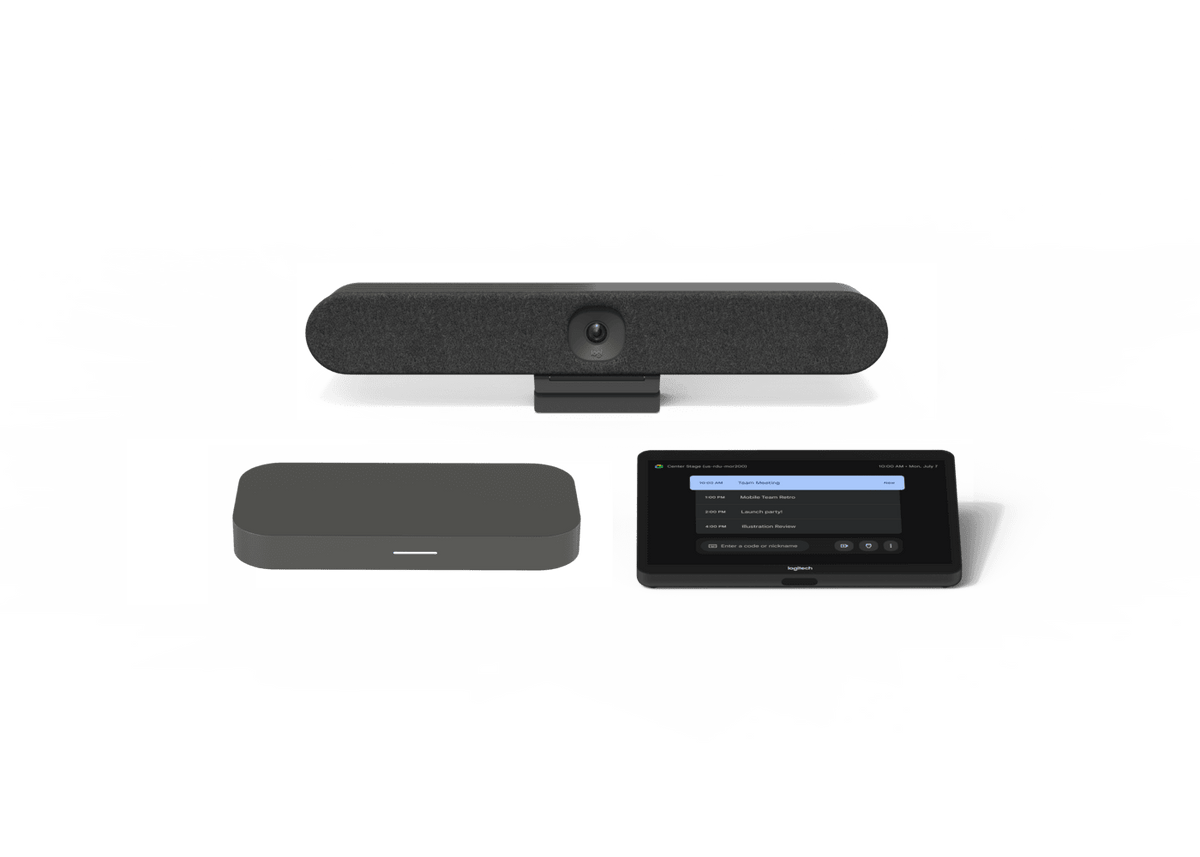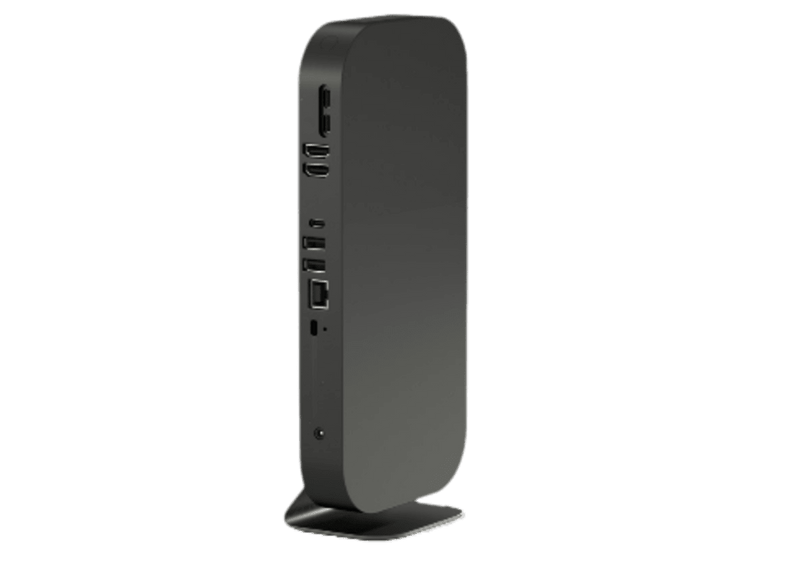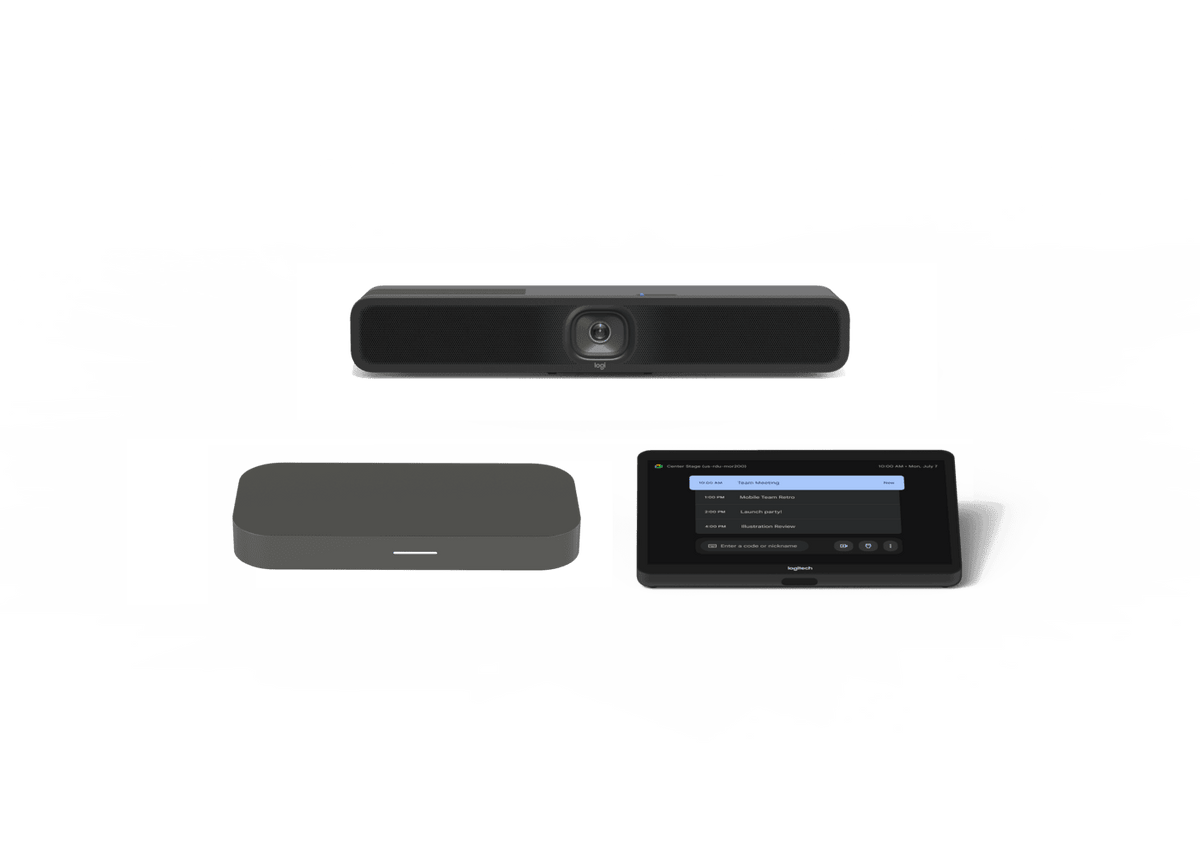The digital divide, a persistent challenge in education, has been a focal point of recent policy discussions. The 2024 launch of the Learn Without Limits programs, coupled with the FCC's "Hotspot Order" in July, marks a significant step toward addressing this issue. However, the question remains: are hotspots the optimal solution, or do LTE-connected Chromebooks offer a more effective and sustainable path?
CTL recently hosted a webinar, “Level-Up School Connectivity,” in which we discussed this topic at length with the help of Michael Flood, our connectivity expert.
The E-Rate Program and Its Limitations
The E-Rate program, designed to help schools and libraries afford internet access and technology, has been a cornerstone of educational connectivity. However, the recent "Hotspot Order" imposes strict limitations on hotspot devices, including a monthly service cap of $15, a device price cap of $90, and a requirement for usage reporting that requires up to 10 years of record keeping. Moreover, the program explicitly prohibits its use for 1:1 Chromebook deployment programs and caps usage at 20% of your school’s enrollment.
While hotspots can provide temporary connectivity, they are inherently limited. They create a digital divide within schools, with some students having access and others not. Additionally, managing hotspots, including distribution, charging, remote updates, and applying separate security filters, can be a logistical challenge. Finally, there is the additional concern about multiple users on a single hotspot at home, slowing down digital learning access.
Connected Chromebooks: A Comprehensive, Integrated Solution
In contrast, Connected Chromebooks offer a more comprehensive and sustainable approach to bridging the digital divide. These devices, equipped with built-in cellular connectivity, provide students with constant, reliable internet access.
Key advantages of Connected Chromebooks:
- Equity of access: Every student can havetheir own device, eliminating the disparities associated with hotspot sharing.
- Access public or private network:. Connected Chromebooks are able to access either a commercial or private cellular network.
- Simplified management: Schools can easily manage deployment and updates of all devices with the Google Admin console.
- Dedicated connection. Each Chromebook includes it’s own connection, without sharing, to avoid multi-user congestion at home.
- Reduced risk of loss or damage: Fewer separate devices like a separate hotspot means there is less risk of loss, damage, or theft. Flexibility and control: Schools can easily enable or disable internet access as needed.
- Cost-effective: While not eligible for E-Rate subsidies, the overall cost of ownership, including the device and cellular service, is comparable to hotspots.
- Security: Leveraging existing program web filters, schools can maintain a single secure learning environment within ChromeOS.
- Less paperwork hassle. Without needing to apply for E-rate, there is less government paperwork and record keeping
Here’s a quick screenshot of the compare and contrast we recently covered in our “Level-Up School Connectivity” webinar:

The Role of the NTIA Digital Equity Competitive Grant Program
To complement E-Rate, the National Telecommunications and Information Administration (NTIA) Digital Equity Competitive Grant Program offers funding for connected Chromebooks. This program provides an opportunity for schools to implement true 1:1 programs and bridge the digital divide effectively.
Conclusion
While the E-Rate program and the "Hotspot Order" represent steps in the right direction, Connected Chromebooks emerge as a more promising solution for achieving long-term educational equity. By providing every student with reliable internet access and a dedicated device, schools can create a more level playing field and empower students to succeed.
It is essential for policymakers, educators, and technology providers to collaborate and prioritize initiatives that support the widespread adoption of Connected Chromebooks. By doing so, we can move closer to a future where every student has the opportunity to learn without limits.
Listen to the full discussion of this topic in our recent webinar, “Level-Up School Connectivity” here.

